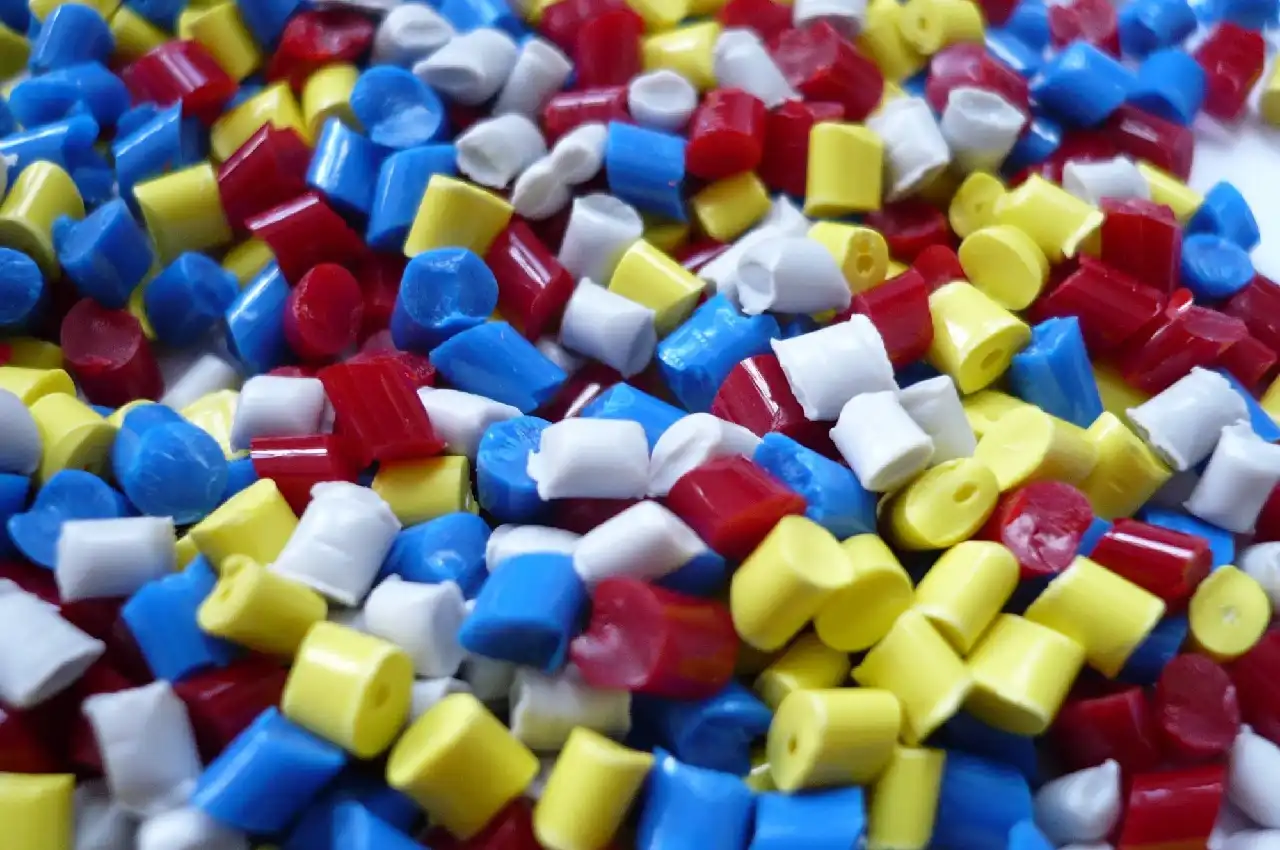NEWS
A Beginner’s Guide to Working with Peek Tubing

In various industries, from healthcare to aerospace, the use of Peek tubing has become increasingly popular due to its exceptional properties and versatility. Peek (Polyether Ether Ketone) is a high-performance thermoplastic that exhibits outstanding mechanical, thermal, and chemical resistance.
This tubing has proven to be an excellent choice for applications that require precise fluid management, such as medical devices, chromatography, and chemical processing equipment. If you’re new to Peek tubing, this beginner’s guide will introduce you to the different types, its benefits, applications, and some essential tips for working with it.
Extruded Peek Tubing
Extruded Peek tubing is the most common type and is widely used in various applications. It is manufactured by forcing molten Peek material through a die to form a continuous tube with a consistent diameter.
Extruded Peek tubing comes in different sizes, wall thicknesses, and lengths. This tubing type is suitable for applications that require precise fluid management. Medical devices, analytical instruments, and industrial equipment can all benefit from extruded Peek tubing.
Reinforced Peek Tubing
This tubing type combines Peek with other materials. The materials it’s mixed with help enhance certain properties. Usually these materials are carbon fibers, glass fibers, and other polymers.
Because the tubing is reinforced it’s great for high-stress applications. It’s perfect for the oil, gas, aerospace, and automotive industry.
Heat Shrink Tubing
Heat shrink tubing shrinks in diameter whenever it is exposed to heat (hence the name). It’s typically used for insulating and protecting wires, connectors, and other components found in electronics.
When the tubing shrinks it creates a tight and secure fit around the object it is covering. This offers protections against chemicals, moisture, and even mechanical damage.
Colored Peek Tubing
Peek tubing is normally translucent or opaque. Colored Peek tubing is when pigments are added in during the manufacturing process. This makes it easier to identify the tubing in complex systems.
The colors also make it easier as far as maintenance goes and for troubleshooting.
Coiled Tubing
You can find coiled tubing in either spiral or coiled form. The benefit of coiled tubing is that it provides easy handling and more flexibility. Coiled tubing is perfect to use where space is limited and you need a longer piece.
Normally this type of tubing is found in medical devices, robotics, and fluid transfer systems.
Multi-Lumen Peek Tubing
Multi-lumen Peek tubing consists of multiple inner channels or lumens within a single outer tube. This type of tubing is used in applications where different fluids have to be transported separately within the same system, such as in medical catheters and microfluidic devices.
Heat Exchanger Peek Tubing
This type of tubing is designed for use in heat exchange systems. Its high thermal conductivity gives more efficient heat transfer while retaining the mechanical and chemical properties of standard Peek tubing.
Heat exchanger Peek tubing is used in industries like chemical processing and power generation.
Benefits of Peek Tubing
One major benefit is that it has the ability to withstand continuous operating temperatures of up to 482°F without losing its mechanical properties. It can also withstand higher temperatures as long as they are short-term exposures.
Another benefit is that Peek tubing is highly resistant to acids, chemicals, and solvents. Even when exposed to corrosives it has the ability to remain intact and unaffected.
Medical-grade Peek tubing is also biocompatible. This means that it is tolerated by living tissues without causing adverse reactions if it’s used in implants or medical devices. In the medical world this type of tubing has been life changing.
Medical-grade tubing also meets the standards that the Food and Drug Administration in the United States has set. This makes it suitable for both pharmaceutical and medical applications as well.
Peek is also a perfect electrical insulator. This makes it perfect for applications that involve systems and electrical components. Electrical connectors and wires are protected from chemicals, moisture, and mechanical damage.
Peek tubing is also lightweight in comparison to metal tubing. This is perfect in the world of aerospace and automotive. In both of these industries, weight reduction is important for improved performance and fuel efficiency, making Peek tubing is the best option.
Tips for Working With Peek Tubing
You need to be careful when you’re working with Peek tubing materials if you want optimal results. When you are cutting the tubing you need to use a sharp blade or a tube cutter.
This will make it easier to make clean and straight cuts. The last thing you want is to use a dull or serrated tool to cut tubing because it might cause it to fray.
Once you cut the tubing you want to deburr the edges. Deburring will help prevent irregularities that can come in the way of fittings or fluid flow.
Even though Peek tubing is flexible, you want to avoid over bending it. Doing so, can lead to kinking it which will potentially hinder fluid from flowing. Try to use elbows and other fittings to minimize creating sharp bends in the tubing.
Feeling Like a Peek Tubing Pro?
Peek tubing is really a great material to work with. There are plenty of applications it can be used for because of its exceptional properties like chemical resistance and high temperature.
With your new-found knowledge above you can harness the potential that comes with Peek tubing and create innovative solutions for fluid management. If our article came in handy make sure you keep browsing this section for our latest helpful guides.
Having completed my education in English, I’ve cultivated a successful career as a content writer. My tenure includes valued collaborations with distinguished professional organizations, reflecting my commitment to producing high-quality content.
Contact me on this mail: [email protected]










